Simon James Green is an award-winning UK-based author of young adult novels. His works include Noah Can’t Even, Noah Could Never, and Alex in Wonderland, which was nominated for a Carnegie medal and featured in Best Kids Books 2019 from The Guardian. Llama Glamarama is his first picture book.
Garry Parsons is the illustrator of many adorable children’s books including The Dinosaur That series written by Tom Fletcher and Dougie Poynter and George’s Secret Key to the Universe by Stephen and Lucy Hawkings. Garry lives in South London with his young family & old doggie.
I had the opportunity to interview them both about their new book, Llama Galamarama, and more which you can read below.
As a writer who usually writes Young Adult fiction, what inspired you to write a children’s book? What do you like about writing for Young Adults versus writing Children’s books?
SJG: To be honest, it was really a case of having an idea that really only suited the picture book market. There are many ideas that suit young adult fiction, but I’m not sure dancing llamas is really one of them! My editor at Scholastic is very open to anything I present to him, and I really wanted to write a picture book about Pride that was fairly subtle in it’s messaging, (although admittedly not in the delivery!), so this seemed like the perfect fit.
I love writing for both age groups. With picture books, you have the chance to be one of the first books a person encounters, which is an extraordinary privilege. With young adult fiction, especially with it also being LGBTQ+, you hope that your readers are going to find comfort, understanding, and acceptance in your work, and knowing how important that is to many teenagers is a great responsibility and also a huge privilege.
What were the titles of some of your favorite books growing up?
SJG: Gosh, so many! I absolutely adored the Winnie the Pooh stories as a young child, and then Roald Dahl when I was a little older – especially The BFG. I really got into mystery and detective stories around the age of 11 or 12 – I loved Nancy Drew!
GP: My favourite books started with Rupert Bear annuals which I received at christmas from the age of four. If you are not familiar with Rupert’s adventures the stories were cleverly written in a short rhyme which sat beneath a graphic novel style set of four illustrations per page, but also had a fuller text at the bottom of the page giving the reader a choice of how to follow the story. However, despite this choice I would look at the sequence of illustrations and decipher the story in my own way without reading either. The illustrations were so gripping!
I too adored Roald Dahl, particularly “Danny The Champion of the World” and a picture book by John Vernon Lord, “The Giant Jam Sandwich” and later, the graphic novels of Raymond Briggs. Thrillingly, John Vernon Lord became my tutor when I was studying sequential design at university.
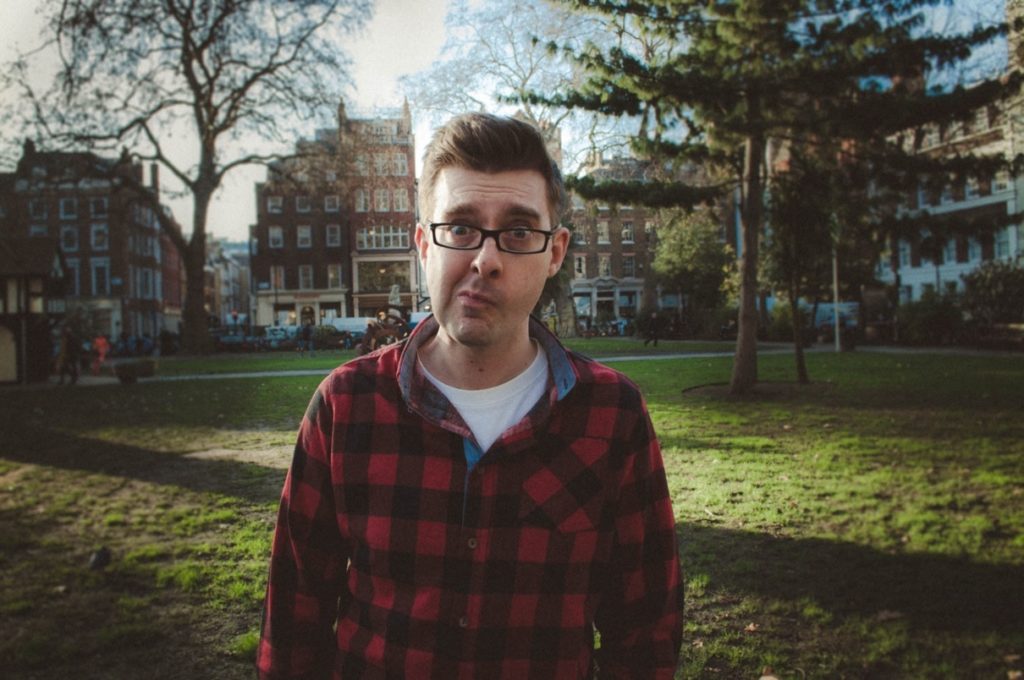
What was the collaboration process like between author and illustrator working on this title?
SJG: It was Scholastic who put me and Garry together – we didn’t know one another before, although I did know his work, and I knew how brilliant he was. I had already written the story when Garry was brought on board, but knowing how great he was, beyond a few very brief illustration notes I thought it best that he just got on with it. Garry’s work is so characterful, and adds another whole layer of humour to the story, and I think it’s really important that he came to the story with a fresh pair of eyes and added his own interpretation – it is a collaboration, after all! What has been really nice since is how we’ve been able to work together presenting lots of online events, really demonstrating to the children watching how author and illustrator work together to bring a book to life.
GP: What’s been wonderful about working on Simon’s stories is illustrating his wry sense of humour. Whilst our actual collaboration on the book’s production has been quite small, we seem to have a very similar sense of how they should feel and how they can be brought to life.
As queer creators, do you ever find yourself making the type of stories you wish you had as a younger queer reader?
SJG: For sure! When I was at school, here in the UK, there was a piece of legislation called section 28 which basically made it illegal to have books with any LGBTQ+ content in school libraries – so there simply wasn’t anything. The legacy of that casts a long shadow, (it was only repealed in 2003) but it’s great to be part of the effort to put it right.
GP: I agree, If only there had been representations of ourselves in books when we were children! I feel these new stories are incredibly important . Having an accessible range of diverse characters in literature for young people is essential and I believe they will have more of an impact on young lives than we can imagine.
As a medium primarily intended for younger audiences, what do you think of the value of creating queer centered works for children? How can we express LGBTQ+ themes in a way that’s clear for kids?
SJG: The value is two-fold: it’s so important for children to see themselves, or their families, in books. So whether they are LGBTQ+ themselves, or whether their parents or carers are, seeing their lives represented is a really important thing. Secondly, all children, regardless of sexuality, or family set-up, will benefit from learning and understanding the many wonderful things that people are, and the many wonderful ways they live their lives.
The great thing about more LGBTQ+ children’s books being around now is that you can access many different approaches to exploring these themes. There’s no ‘one way’ to be LGBTQ+ and there’s no ‘one way’ to tell our stories. Some are out and proud and have their message clear for all to see. Others, like Llama Glamarama, take a more allegorical approach, which can be easier for some people, especially if you’re in a community where talking about LGBTQ+ themes is still difficult or a problem.
GP: My feeling is that when children read they can look at characters and on some level say to themselves “I know that person, that’s me” and that tells them that they are valued and they can say “it’s ok to be me”. Picture books have a special quality that allows for subtleties that can potentially speak to everyone.

What are your favorite parts of writing?
SJG: I love devising the initial ideas and playing around with what possibilities there might be. For me, it always feels like the most creative part, where I can just let my mind wander and see what happens. This process usually happens before the fear of deadlines kick in too, so it’s always more enjoyable!
What are your favorite parts of illustrating?
GP: I love the very first part of creating the main character and working out how they might look and feel. With Larry from Llama Glamarama, I practised drawing him as a regular llama first and then adapted him to take on different dance poses. Making the drawings is always something I enjoy and if they make me laugh then I know I’m on the right track.
When everyone involved in creating the book is happy with the drawings I’ve done I can begin to work in colour which I paint using acrylics. The wonderful thing about painting is choosing and mixing colours that work well together. With Llamaglamarama, I was able to go from the sedate colours of the barn, through the drabness of the Larry at his lowest ebb, to the loud frivolity of the Glamarama. What’s not to enjoy?!
What advice would you give for writers/artists working on their craft? What advice would you give in particular for creating a children’s book?
SJG: Discover your voice. By which I mean, work out what your unique perspective on the world is, what makes you, you, what it is you want to say, and how you want to say it. Many people come up with similar ideas, but only you can express it in that very unique and individual way that will make the story yours.
GP: I would suggest budding illustrators draw anything and everything and keep a sketchbook handy for all occasions. Practising your drawing will help you to find a way of drawing that feels right for you. And don’t worry about things not looking the same as what you imagine them to look like in your head because what comes out on your piece of paper is always going to be different, the important part is seeing that what you draw has its own value and your unique ‘style’ will come through all of its own.
Are there other projects you are working on and at liberty to discuss?
SJG: Garry and I have just had our second picture book published here in the UK – Fabulous Frankie is about a flamingo who learns the key to being more fabulous isn’t about what you wear or how you look, but about just being your true, authentic self. I’ve also just had my fifth LGBTQ+ young adult novel published – You’re the One That I Want – set around a high school production of Grease. Meanwhile, I’m working on a new middle-grade for next year – so it’s been a busy time!
GP: I was thrilled to be asked to illustrate Fabulous Frankie, it’s a wonderful story and Frankie is adorable and fabulous in all sorts of ways that even he doesn’t know about. I’m very lucky to have more picture picture books to illustrate but I’m secretly hoping Simon has another animal story in the pipeline.
What queer books/authors would you recommend to the readers of Geeks OUT? Any LGBTQ+ kid-friendly media you would like to recommend?
SJG: In picture books, I must give a shout out to Adventures with My Daddies by Gareth Peter, and also illustrated by Garry Parsons – it’s such a joyous picture book, perfect for Pride month. I’m a big fan of anything Julian Winters writes – they’re such positive, happy books for YA readers – Running with Lions and How To Be Remy Cameron being two favourites. I’d also recommend taking a look at some of the LGBTQ+ young adult books coming out of the UK, because a lot of them don’t get official US publication deals, but they’re really great, and I think it’s nice to get different perspectives on LGBTQ+ life from around the world. Check out Boy Queen by George Lester and The Outrage by William Hussey.
GP: I would recommend “Hello, Sailor” by Ingrid Godon and Andre Sollie. This picture book is both beautifully written as well as illustrated and being published in 2004 feels ahead of its time. It continues to be one of my all time favourite children’s books. I would also urge everyone to have a copy of “Julian is a Mermaid” by Jessica Love on their book shelves.

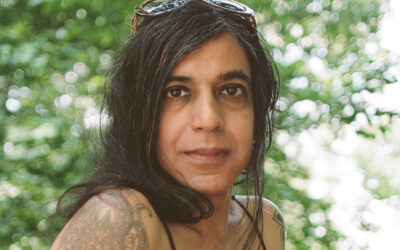
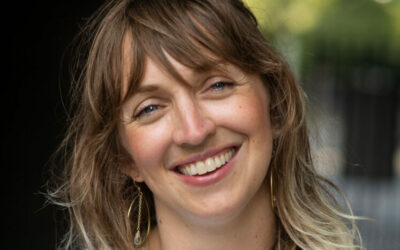
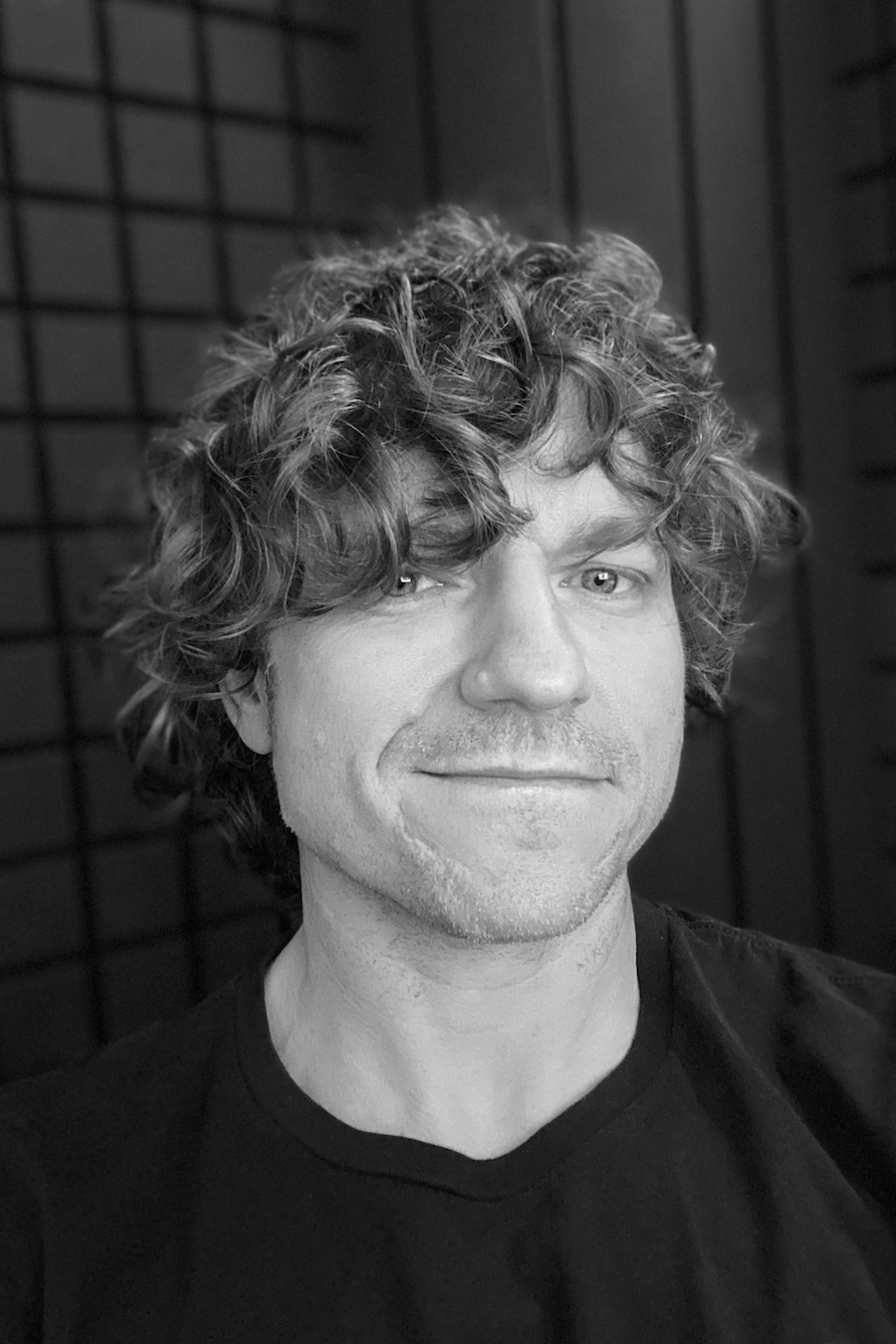
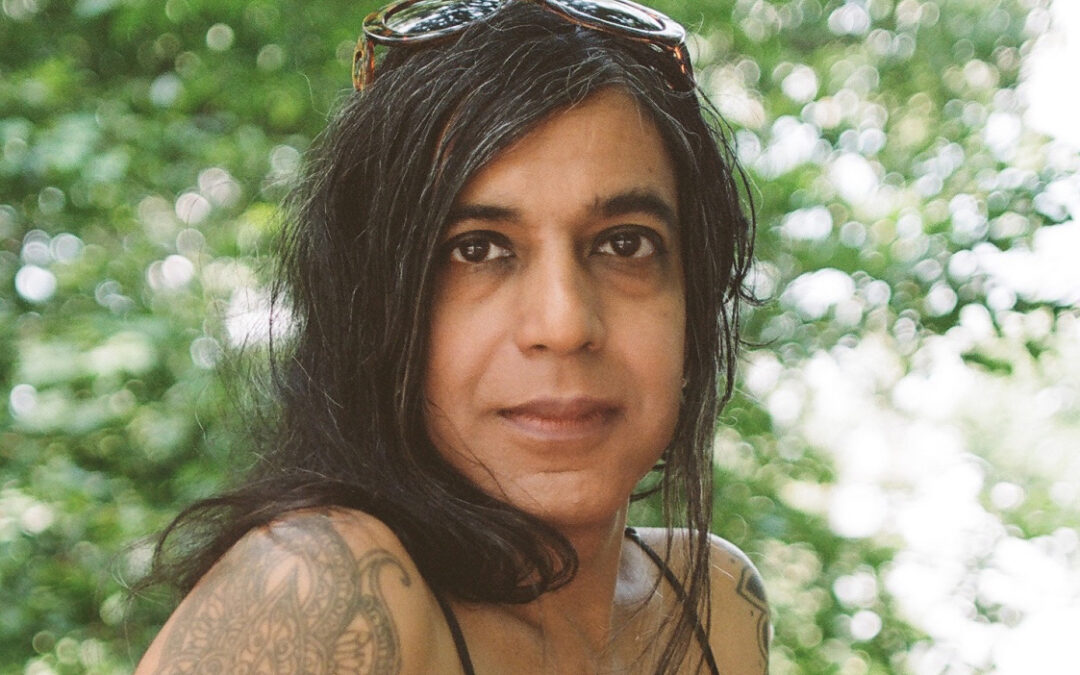
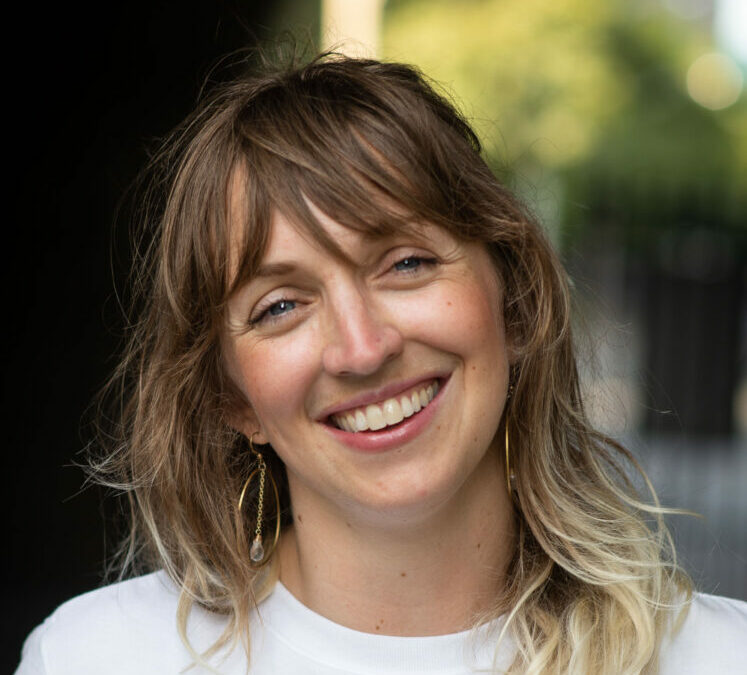
0 Comments